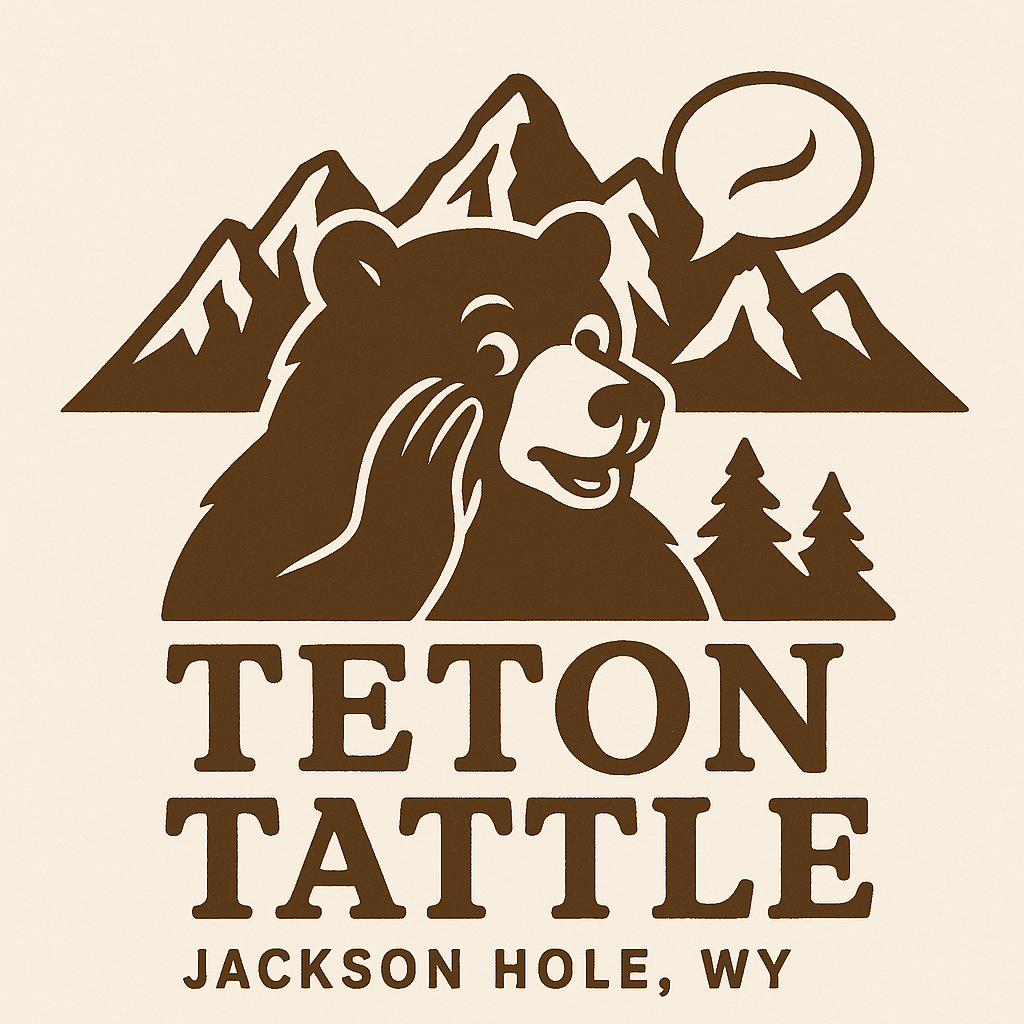Fall in Jackson Hole is a season of contrasts with crisp mornings, golden aspen groves, elk bugles echoing across the valley, and the first dustings of snow on the Tetons. It’s also a time when both Grand Teton and Yellowstone National Parks begin to wind down their summer operations. If you’re planning a visit, here are ten things you should know before packing your bags.
1. Fall = Shoulder Season
Crowds thin out dramatically after Labor Day. That means quieter trails, less traffic, and more wildlife encounters. Lodging is often easier to find, and rates are sometimes lower than peak summer.
2. Changing Weather
September days can feel like summer, but nights often dip below freezing. By October, snow at higher elevations is common. Layer up; mornings and evenings are cold, midday can be mild, and conditions change quickly.
3. Wildlife on the Move
Fall is prime time for wildlife. Elk gather in large herds for the rut, moose are more active in willow bottoms, and bears are busy bulking up before hibernation. Keep your distance, bring binoculars, and be bear-aware on the trails.
4. Grand Teton National Park Road Closures
- Teton Park Road (Taggart Lake Trailhead to Signal Mountain Lodge) closes to vehicles November 1 – April 30.
- Moose-Wilson Road (between Death Canyon and Granite Canyon) also closes November 1.
- Signal Mountain Summit Road and other secondary roads follow the same schedule.
5. Yellowstone Road Closures
- Most roads close to regular traffic by October 31.
- Beartooth Highway and Dunraven Pass usually close mid-October.
- The only road open year-round is from Gardiner (North Entrance) through Mammoth to Cooke City.
6. Visitor Center & Lodge Shutdowns
Services begin to taper off in late September. The Jenny Lake and Colter Bay Visitor Centers typically close in early to mid-October. Lodges, campgrounds, and restaurants across both parks shut down progressively as the season winds down.
7. Hiking & Trails
Lower-elevation trails often stay open into October, but high-country routes can see snow early. Fewer rangers and guide services are available, so plan to be more self-sufficient on the trail.
8. Scenic Drives
Fall is the last chance to enjoy classic routes like Signal Mountain Road in Grand Teton or the Dunraven Pass in Yellowstone before winter shuts them down. Always check park road status before heading out — closures can come suddenly with snow.
9. Safety in the Shoulder Season
With fewer visitors, you’ll find solitude — but also fewer services. Cell service is limited, and road assistance may take longer. Carry extra food, water, and warm gear in your vehicle.
10. What to Pack
Think layers, gloves, and a warm hat. Waterproof boots are smart for frosty mornings or muddy trails. A thermos of coffee or cocoa doesn’t hurt either.
Fall in Jackson Hole is unforgettable: fiery foliage, active wildlife, and fewer crowds. But it’s also a season of transition, when parks and roads begin closing for winter. A little planning goes a long way toward making your autumn trip a safe and spectacular one





